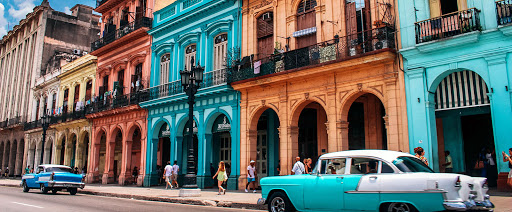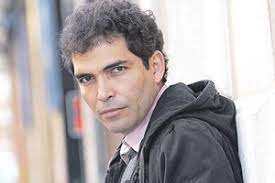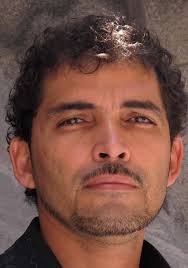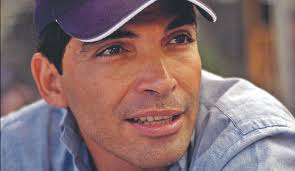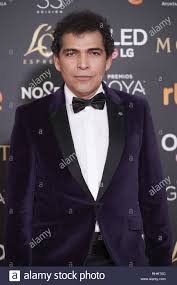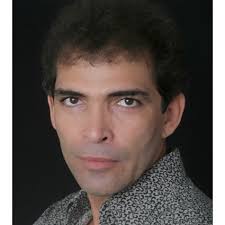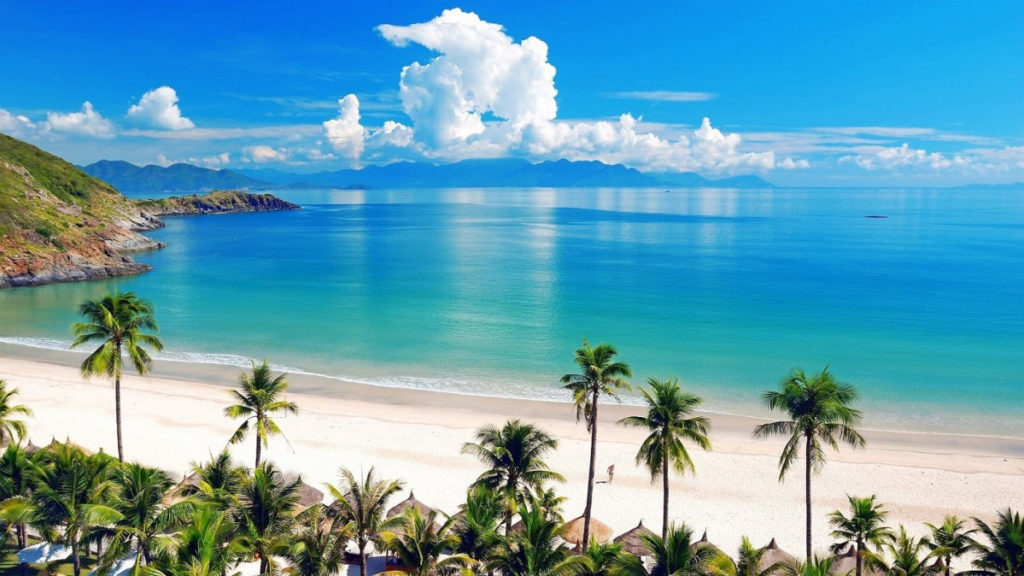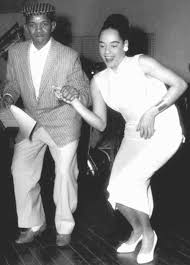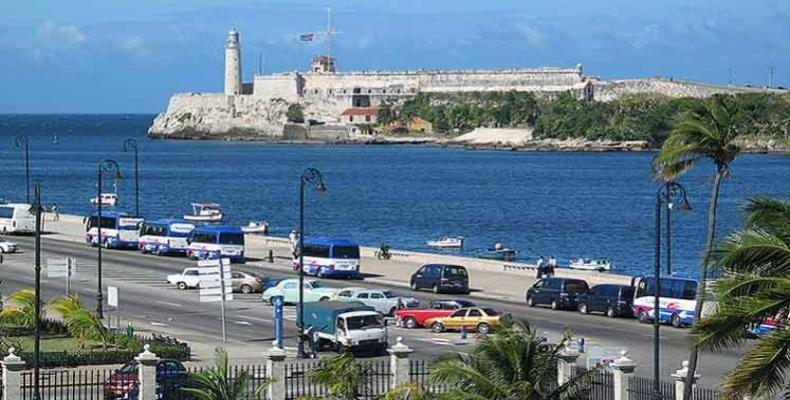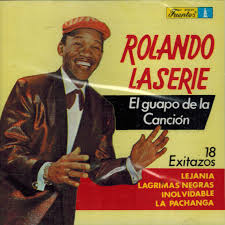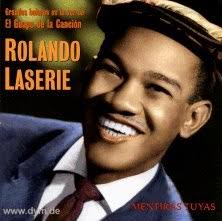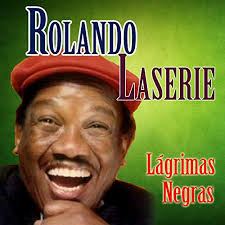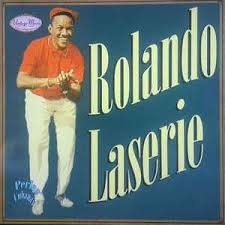(OPINIÓN) LA HISTORIA DE UNA OPORTUNIDAD CON EEUU QUE CUBA NO SUPO APROVECHAR.
El 20 de Julio del 2015 se establecieron las relaciones diplomaticas entre los Estados Unidos y Cuba despues de 54 años del rompimiento de estas.
Cinco años después, el académico cubano Carlos Alzugaray recuerda como si fuera ayer aquella mañana en que la bandera de las barras y las estrellas volvió a ondear en la misión estadounidense en el malecón de La Habana. “Fue un momento de ilusión y de esperanza, y también una gran sorpresa. Nunca pensé que lo vería”, admite este reputado investigador, experto en las relaciones entre Cuba y EE UU.
Ambos países habían cerrado sus respectivas embajadas el 3 de enero de 1961, y las papeletas en contra del acercamiento parecían demasiadas. “Después de medio siglo de hostilidad, para EE UU restablecer relaciones con un presidente de apellido Castro implicaba admitir el error de su política. En Cuba, que siempre dijo que terminar con el bloqueo era condición imprescindible para una normalización, podía leerse como una concesión”. Pero sucedió, y aquel día los medios persiguieron a Alzugaray —”me hicieron como 15 entrevistas”— para que valorara lo que estaba pasando. Lo ocurrido después es conocido: tras reabrir las embajadas, por primera vez en 55 años, se estableció un diálogo gubernamental entre ambos países y comenzó a destrabarse un engranaje político oxidado por tantos años de embargo.
COMIENZAN LOS PASOS DADOS POR EEUU.
Washington sacó a Cuba de su lista de países patrocinadores del terrorismo y comenzó la cooperación en diversas áreas, llegando a funcionar hasta 22 grupos de trabajo. Se trataron temas de seguridad —de lucha contra el narcotráfico y el terrorismo—, se incrementaron los intercambios científicos y culturales, y ambas naciones hasta trabajaron juntas a nivel regional en temas medioambientales.
A nivel académico, el estrecho de la Florida se convirtió en un puente —Alzugaray viajó a EE UU en más de 20 ocasiones a dar conferencias en Harvard y otras instituciones—. Se autorizaron los cruceros, los vuelos regulares y Obama abrió las puertas a los viajes de sus compatriotas. En un año 600.000 estadounidenses visitaron la isla y el viejo enemigo se convirtió en el segundo país emisor de turismo, después de Canadá.
Al calor de aquella apertura aumentaron el comercio y los negocios —Marriott abrió un hotel en La Habana—, y fue tal la avalancha de norteamericanos que hasta cambió la estrategia turística cubana. “Los estadounidenses nos son de encerrarse en un balneario, les gusta la ciudad, hablar con la gente, y nosotros teníamos pocas habitaciones en La Habana así que empezamos a construir hoteles a todo correr en la capital”, explica Alzugaray. Paralelamente, miles de cubanos abrieron hostalitos, restaurantes privados, bares y discotecas para aprovechar la coyuntura. Muchos emigrados se repatriaron e iniciaron emprendimientos en su país, y comenzó una peregrinación de mandatarios europeos e inversionistas extranjeros en busca de oportunidades.
Cuba se puso de moda. Un día desembarcó Beyoncé, otro las Kardashian y hasta Madonna vino a celebrar su cumpleaños en la paladar La Guarida, y en medio de aquella fiesta sonaron tres tracas que dejaron a los cubanos con la boca abierta, ante la inquietud de los sectores más ortodoxos de La Habana. Sólo tres días después de irse Obama, actuaron los Rolling Stones ante 200.000 personas, y al mes siguiente la capital se paralizó por el rodaje de la octava entrega de Fast and furious, con helicópteros filmando escenas de persecuciones de coches en el malecón, lo nunca visto. Unas semanas más tarde, Chanel puso la guinda de lujo con un gran desfile en el paseo del Prado.
El shock fue tal que un veterano observador, conocedor de las sensibilidades oficiales, comentó aquellos días: “Este país no aguanta otro golpe de éxito”. Los meses siguientes le dieron la razón. El Gobierno se tomó con más calma la normalización, y la justificación de los ortodoxos para echar el freno fue que si el bloqueo pretendía destruir la revolución por la fuerza, con su giro Obama trataba igualmente de impulsar un cambio en el sistema, pero por contaminación. En la isla, el presidente estadounidense se pronunció a favor de levantar el embargo, pero dijo: “Aunque lo levantáramos mañana, los cubanos no podrían alcanzar su potencial sin hacer los cambios necesarios aquí, en Cuba”. A continuación, enumeró los fundamentales: apertura económica, derecho de asociación, libertad para criticar al Gobierno, pluripartidismo, elecciones libres y democráticas…
LA OPORTUNIDAD QUE CUBA NO SUPO APROVECHAR.
Los cubanos más reformistas aseguran que aquello dio argumentos a quienes veían en el acercamiento el abrazo del oso y, por exceso de prevención, la isla perdió la oportunidad de haber avanzado más con Obama. Lo cierto es que en eso llegó Donald Trump y acabó con la filosofía del “qué bolá” de modo salvaje. Trump activó la ley Helms-Burton para desincentivar la inversión extranjera, incrementó la persecución financiera, canceló cruceros y vuelos, hizo listas negras de empresas, le dijo a Marriott que colorín colorado y trancó el people to people, la fórmula legal para que los norteamericanos viajaran a Cuba —solo el año pasado, el turismo en la isla cayó un 15%—. Por si fuera poco, restringió las remesas que los cubanoamericanos podían enviar a sus familias, algo que Obama había liberado. En tres años, su Administración adoptó más de 120 medidas para recrudecer el embargo y destruir todo lo que había construido Obama. La frágil iniciativa privada cubana fue golpeada duramente al esfumarse los 600.000 estadounidenses, y Washington además acabó con la normalización migratoria y cerró su consulado en La Habana. Un día Alzugaray volaba de Oslo a Nueva York para dar una conferencia y en el mostrador le dijeron que su visado de cinco años para entrar a EE UU había sido cancelado. Así no más.
Hoy, cuando la pandemia ha agravado dramáticamente la crisis de Cuba y para evitar el colapso el Gobierno anuncia que impulsará el sector privado, en La Habana se tiene la vista puesta en las elecciones de EE UU. Un triunfo de Trump sería devastador. Si gana Biden puede esperarse el regreso de la política de acercamiento de Obama, lo que significaría aire. Cuenta Alzugaray que en el momento de informar del deshielo, Obama dudó entre ser discreto o hacer un gran anuncio. Fue Biden, su vicepresidente entonces, quien le aconsejó: “Si nos van a crucificar, que sea en una cruz grande”. Cinco años después, como si fuera un martirio, se vuelve a empezar.
(OPINIÓN) – Mauricio Vicent, España.
(OPINION) HISTORY OF AN OPPORTUNITY WITH U.S. THAT CUBA DIDN’T KNOW HOW TO TAKE ADVANTAGE OF.
On July 20, 2015, diplomatic relations between the United States and Cuba were established after 54 years of their breakdown.
Five years later, the Cuban academic Carlos Alzugaray remembers as if it were yesterday that morning when the stars and stripes flag flew again in the American mission on the Havana boardwalk. “It was a moment of hope and hope, and also a great surprise. I never thought I would see it, “admits this renowned researcher, an expert in relations between Cuba and the United States.
Both countries had closed their respective embassies on January 3, 1961, and the ballots against the approach seemed too many. “After half a century of hostility, for the US to re-establish relations with a president with the last name Castro implied admitting the error of his policy. In Cuba, which always said that ending the blockade was an essential condition for normalization, it could be read as a concession. ” But it happened, and that day the media chased Alzugaray – “they made me like 15 interviews” – to assess what was happening. What happened next is known: after reopening the embassies, for the first time in 55 years, a government dialogue was established between the two countries and a rusty political gear began to unravel after so many years of embargo.
THE STEPS TAKEN BY THE US BEGIN.
Washington removed Cuba from its list of countries sponsoring terrorism and began cooperation in various areas, with up to 22 working groups operating. Security issues —fighting drug trafficking and terrorism— were discussed, scientific and cultural exchanges increased, and both nations even worked together at the regional level on environmental issues.
At the academic level, the Florida Strait became a bridge — Alzugaray traveled to the United States more than 20 times to lecture at Harvard and other institutions. Cruises, regular flights were authorized and Obama opened the doors to the trips of his compatriots. In one year 600,000 Americans visited the island, and the old enemy became the second-largest tourism source, after Canada.
In the heat of that opening, commerce and business increased —Marriott opened a hotel in Havana—, and the avalanche of Americans was such that it even changed the Cuban tourist strategy. “The Americans are trying to shut us up in a spa, they like the city, they talk to people, and we had few rooms in Havana, so we started building hotels at full speed in the capital,” says Alzugaray. At the same time, thousands of Cubans opened hostalitos, private restaurants, bars, and clubs to take advantage of the situation. Many emigrants repatriated and started ventures in their country, and a pilgrimage of European leaders and foreign investors began in search of opportunities.
Cuba became fashionable. One day Beyoncé disembarked, another the Kardashians and even Madonna came to celebrate her birthday at the La Guarida palate, and in the middle of that party, three firecrackers sounded, leaving Cubans open-mouthed, to the concern of the most orthodox sectors of the world. Havana. Just three days after Obama left, the Rolling Stones performed before 200,000 people, and the following month the capital was paralyzed by the filming of the eighth installment of Fast and furious, with helicopters filming scenes of car chases on the boardwalk, never viewed. A few weeks later, Chanel put the icing on the cake with a grand parade on the Paseo del Prado.
The shock was such that a veteran observer, aware of official sensibilities, commented in those days: “This country cannot take another hit for success.” The following months proved him right. The government took normalization more calmly, and the justification of the Orthodox to put the brakes on was that if the blockade intended to destroy the revolution by force, with its turn Obama also tried to promote a change in the system, but by contamination. On the island, the US president spoke in favor of lifting the embargo, but said: “Even if we lift it tomorrow, Cubans could not reach their potential without making the necessary changes here in Cuba.” He then listed the fundamentals: economic openness, the right of association, freedom to criticize the Government, multi-party, free and democratic elections …
THE OPPORTUNITY THAT CUBA DIDN’T KNOW HOW TO TAKE ADVANTAGE OF.
The most reformist Cubans assure that this gave arguments to those who saw the bear hug in the approach and, due to excessive prevention, the island lost the opportunity to have advanced further with Obama. The truth is that Donald Trump arrived at that and ended the “what a bolá” philosophy in a savage way. Trump activated the Helms-Burton law to discourage foreign investment, increased financial persecution, canceled cruises and flights, blacklisted companies, told Marriott that Colorado Colorado and blocked people to people, the legal formula for Americans they will travel to Cuba – just last year, tourism on the island fell by 15% -. To make matters worse, he restricted the remittances that Cuban-Americans could send to their families, something that Obama had released. In three years, his Administration took more than 120 steps to tighten the embargo and destroy everything Obama had built. The fragile Cuban private initiative was hit hard as the 600,000 Americans disappeared, and Washington also ended immigration normalization and closed its consulate in Havana. One day Alzugaray was flying from Oslo to New York to give a conference and was told at the counter that his five-year visa to enter the United States had been canceled. So no more.
Today, when the pandemic has dramatically aggravated the crisis in Cuba and to avoid collapse the government announces that it will boost the private sector, Havana has its sights set on the US elections, a Trump victory would be devastating. If Biden wins, the return of Obama’s rapprochement policy can be expected, which would mean air. Alzugaray says that at the time of reporting the thaw, Obama hesitated between being discreet or making a big announcement. It was Biden, his vice president then, who advised him: “If they are going to crucify us, let it be on a large cross.” Five years later, as if it were martyrdom, it begins again.
Agencies/ El Pais, España/ (OPINIÓN) Mauricio Vicent/ Extractos/ Excerpts/ Internet Photos/ Arnoldo Varona/ www.TheCubanHistory.com
THE CUBAN HISTORY, HOLLYWOOD.










